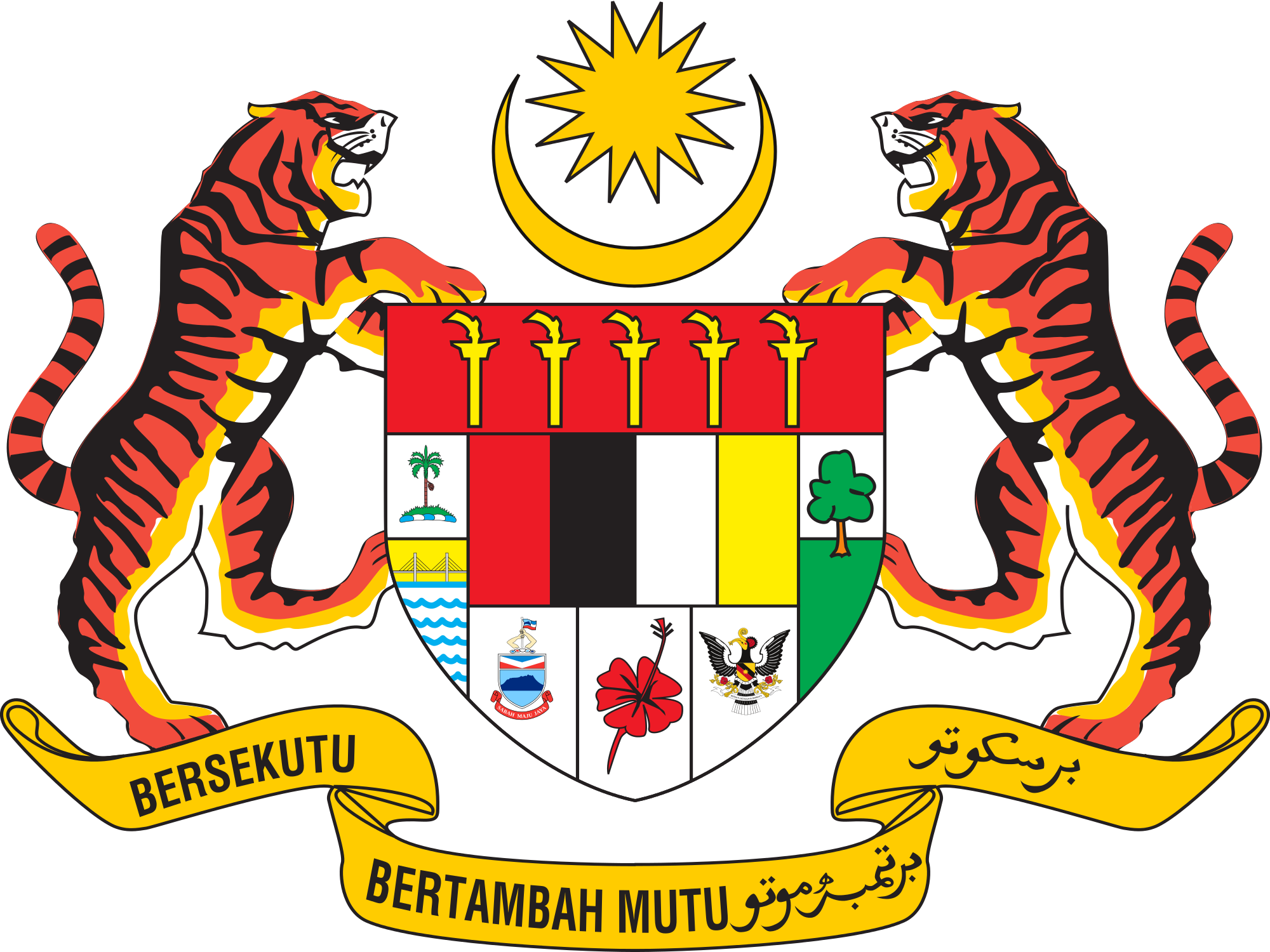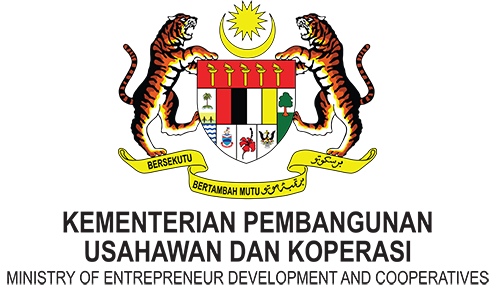KUALA LUMPUR, Dec 18 (Bernama) -- The small and medium enterprises (SMEs) sector, which faced immense challenges this year from tighter consumer spending brought on by a downturn in retail sales, needs to pick up next year via capacity building and penetrate the ASEAN Economic Community (AEC) as well as global markets.
Accounting for 98.5 per cent of the country's businesses, they undoubtedly form the backbone of Malaysia's industrialisation sector, which is why it is vital for them not to give up on such challenges but survive in a highly competitive market.
SME Corp Malaysia Chief Executive Officer Datuk Hafsah Hashim urged SMEs to remain focused in their businesses and concentrate on capacity building, as well as, continuously strategise their business models.
The industry should also embrace information technology in their business solutions and take advantage of the e-commerce platform, she said.
"There will continue to be challenges. For instance, this year the challenges came in the form of the Goods and Services Tax (GST), lower consumer spending, slower economic growth and a weaker ringgit.
"And, they are bound to face similar challenges next year but what's important is for them to be prepared," she said.
According to SME Corp, an agency set-up to spur the development of SMEs, the industry, last year, record an exponential growth of 13.6 per cent to 35.9 per cent, the highest growth ever recorded.
"But, with the uncertainty in global and domestic markets, if we could sustain at least one per cent growth annually, it is considered good enough," Hafsah said.
A consistent single-digit growth would still enable the industry to achieve the targeted 41 per cent contribution to the Gross Domestic Product (GDP) by 2020 compared with about 36 per cent last year, she said.
"Your market is no longer Malaysia, your market is the world, therefore you need to make sure that whatever products or services you are promoting are different from your rivals and can attract more customers," she stressed.
Hafsah pointed out that 80 per cent of SMEs were domestic-oriented.
Hence, SME Corp has been continuously conducting programmes to create better awareness and understanding among industry players on various issues pertaining to the sector, including those related to the Trans-Pacific Partnership Agreement (TPPA) and the ASEAN Economic Community (AEC), she said.
The formation of the AEC as a new trading bloc at the end of the year will also open up a larger market for local businesses and investments, she said.
This year alone, SME Corp carried out 60 outreach programmes, nationwide, in collaboration with other relevant agencies.
"In April, only 1.3 per cent of the 2,336 SMEs surveyed, really understood how AEC was going to benefit them and we found that only 13 per cent of the companies had heard about AEC.
"But, when we conducted a similar survey last September and October, 60 per cent of them already had a good knowledge of AEC and its benefits, as well as, a better understanding of the TPPA," she added.
However, Hafsah said it was also crucial to consistently track the performance of SMEs, ensure the creation of more employment as well as improve exports by the industry.
"We have set a target for 2020. SME contribution, in terms of employment, was set at 62 per cent of the workforce against 59 per cent when we first began our SME Masterplan in 2009.
"But, surprisingly, the sector's contribution hit 65 per cent of overall employment last year.
"As for exports, we hope to push harder to 23 per cent from 17.6 per cent (in 2009)," she said, adding that SME Corp would ensure that the RM9.5 billion funds being allocated through the 2016 budget would be translated into an increase in the contribution of SMEs to the GDP.
The RM9.5 billion fund was divided into various divisions namely RM5.3 billion for agriculture, RM1.3 billion (SME financing schemes), RM235 million (export initiative) and RM850 million (innovation, productivity and research & development).
In the 2015 Budget, RM11.4 billion was allocated for SME development, excluding funding from the private sector.
She said SME Corp was also working together with 15 ministries and 60 agencies to measure the organised programmes of SMEs into core areas of productivity, employment created, sales revenue, market access, technology and innovation and, profitability.
Having implemented the SME Integrated Action Plan, SME Corp together with its partners were able to see the return on investments, as well as, fruitful results at the macro, programme and company levels.
"At the company level for example, you will see all companies improving from two-star ratings, via our SME Competitiveness Rating for Enhancement (SCORE), to three-star ratings through the fund that we provide them," she said.
Currently, there are 7,500 three-star companies and the corporation aimed to turn them into four-star enterprises.
An industry observer also suggested that agencies such as SME Corp encourage and promote SMEs to take up business insurance.
A recent survey in Singapore revealed that one in seven SMEs in the republic were not covered by business insurance and the situation in Malaysia was no better.
Business insurance is key for businesses, especially SMEs as they serve as a buffer in a difficult environment.
-- BERNAMA






















